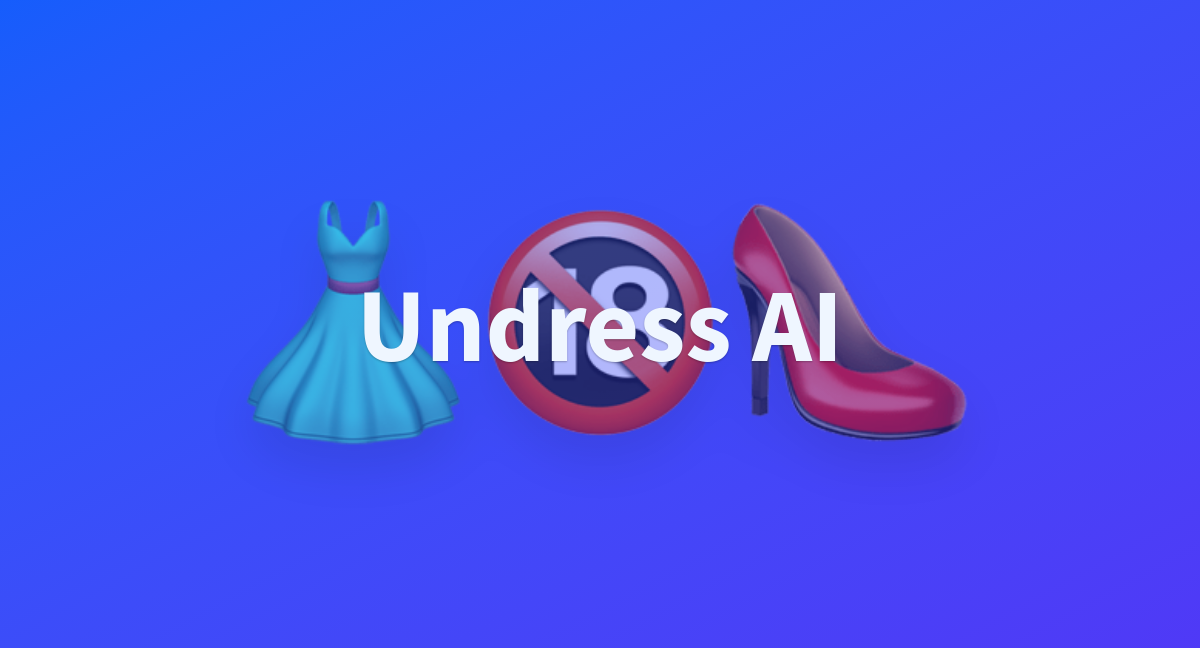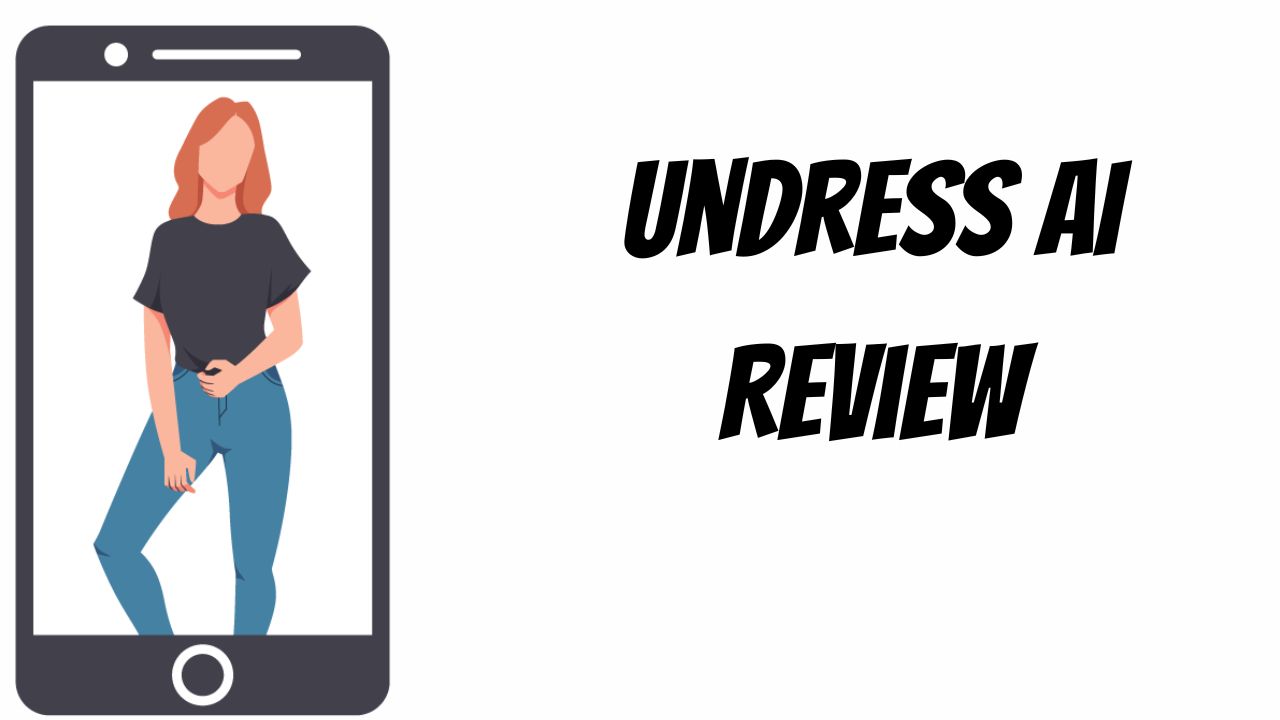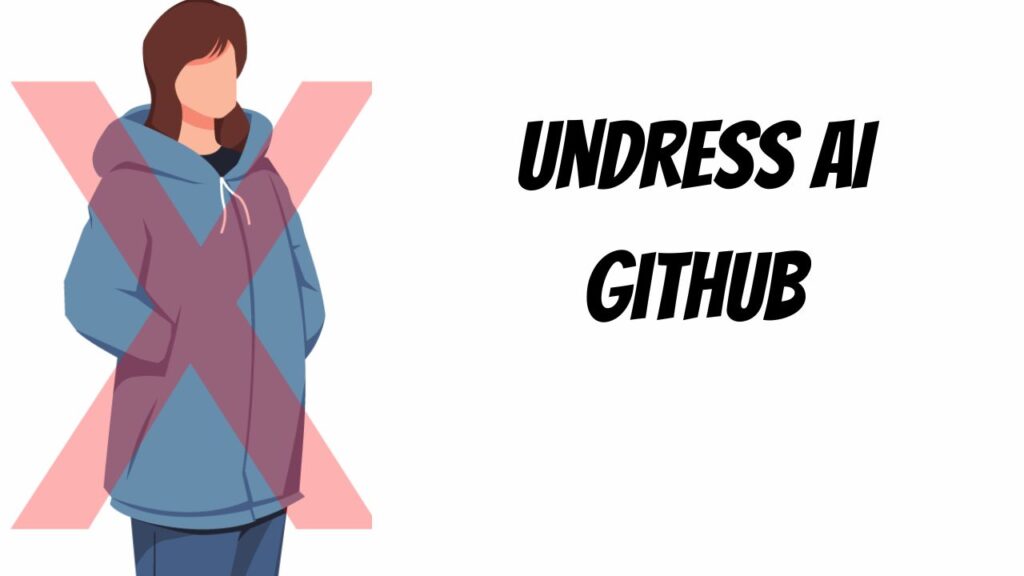AI Undresser: The Controversial Tech Taking The Internet By Storm
Artificial intelligence has revolutionized countless industries, but not all innovations come without controversy. One of the most debated AI applications in recent years is the so-called "AI undresser." This technology, which uses deep learning algorithms to digitally remove clothing from images, has sparked heated discussions about privacy, ethics, and the future of digital content creation. If you're curious about what AI undresser is and how it works, you're in the right place.
Imagine a tool that can take any picture and make it look like the person in the photo is wearing something—or nothing—different. That's the power of AI undresser, and it's causing quite the stir online. While some see it as a groundbreaking advancement in image editing, others are alarmed by its potential misuse. In this article, we'll dive deep into the world of AI undressers, exploring how they work, their implications, and what the future holds.
Before we get into the nitty-gritty, let's be clear: this isn't just about cool tech. AI undressers raise serious questions about consent, privacy, and the ethical boundaries of AI development. As we explore this topic, we'll also touch on the importance of responsible AI use and the role we all play in shaping the digital landscape.
Read also:Today Masahubcom Your Ultimate Destination For Daily Insights And Discoveries
What Exactly is AI Undresser?
At its core, an AI undresser is a software program powered by artificial intelligence that can digitally alter images to simulate the removal of clothing. It uses advanced algorithms to analyze and manipulate pixel data, creating realistic-looking edits that can fool the human eye. The technology relies heavily on neural networks trained on vast datasets of images, allowing it to predict and generate realistic textures and skin tones.
This tech isn't just about removing clothes, though. It can also add garments, change outfits, or modify other aspects of a photo. The applications are broad, ranging from entertainment to fashion design. However, the ethical concerns surrounding AI undressers have made them one of the most polarizing AI tools out there.
Here's a quick rundown of what makes AI undresser so powerful:
- Uses deep learning to analyze and manipulate images
- Can remove or add clothing with impressive realism
- Relies on large datasets for training
- Raises significant ethical and privacy issues
How Does AI Undresser Work?
Understanding how AI undressers function requires a basic grasp of machine learning principles. These programs use convolutional neural networks (CNNs) to process image data. The AI is trained on thousands—or even millions—of images, learning to recognize patterns, textures, and shapes. Over time, it becomes capable of generating new content based on these learned patterns.
When you feed an image into an AI undresser, the software performs several steps:
- It analyzes the image to identify key features, such as edges, textures, and body parts.
- It predicts what the underlying skin or clothing would look like beneath the existing layer.
- It generates a new version of the image, blending the predicted elements seamlessly with the original.
This process happens almost instantaneously, thanks to the computational power of modern AI systems. However, the accuracy and realism of the results depend on the quality of the training data and the sophistication of the algorithm.
Read also:Indian Mms World The Ultimate Guide To Understanding Its Impact And Significance
The Controversy Surrounding AI Undressers
While AI undressers might seem like harmless fun to some, they've ignited fierce debates about privacy and consent. One of the biggest concerns is the potential for misuse. Imagine someone using this technology to create non-consensual explicit images of individuals without their permission. This kind of abuse could have devastating effects on victims, leading to emotional distress, reputational damage, and even legal consequences.
Privacy advocates argue that AI undressers blur the line between reality and fiction, making it harder to trust digital content. In a world where deepfakes are becoming increasingly common, the ability to alter images so convincingly raises serious questions about authenticity and accountability. Some countries have already taken steps to regulate AI technologies that pose such risks, but enforcement remains a challenge.
Legal Implications of AI Undressers
From a legal perspective, the use of AI undressers falls into a gray area. While creating or sharing non-consensual explicit content is illegal in many jurisdictions, the laws surrounding AI-generated media are still evolving. Copyright issues also come into play, as the original images used to train AI models may be protected by intellectual property rights.
As governments and organizations grapple with these challenges, it's clear that more robust regulations are needed to address the ethical and legal implications of AI undressers. Until then, users must exercise caution and responsibility when interacting with this technology.
Who Uses AI Undressers?
Believe it or not, AI undressers aren't just for pranks or malicious purposes. There are legitimate uses for this technology across various industries. Here are a few examples:
- Fashion Design: Designers can experiment with different fabrics and styles without needing physical prototypes.
- Entertainment: Filmmakers and game developers use AI undressers to enhance visual effects and create realistic character models.
- Medical Imaging: In certain medical applications, AI undressers help analyze skin conditions or simulate surgical outcomes.
Of course, there are also more questionable uses, such as in adult entertainment or for pranks. The key is ensuring that the technology is used responsibly and with proper consent.
The Future of AI Undressers
As AI technology continues to advance, we can expect AI undressers to become even more sophisticated. Future iterations might offer greater customization options, improved accuracy, and faster processing times. However, these advancements also mean that the risks associated with misuse will grow.
One potential solution is the development of AI detection tools that can identify when an image has been altered using AI. By creating systems that can flag suspicious content, we can better protect individuals from harm. Additionally, fostering a culture of ethical AI use will be crucial in ensuring that these technologies benefit society as a whole.
Emerging Trends in AI Image Editing
Beyond AI undressers, there are several other trends shaping the field of AI image editing:
- Real-time editing for live video streams
- Enhanced facial recognition and manipulation
- Increased focus on user-friendly interfaces
- Greater emphasis on ethical guidelines and transparency
As these trends unfold, it's important for developers, policymakers, and users to work together to ensure that AI technologies are used in ways that respect privacy and promote positive outcomes.
Expert Opinions on AI Undressers
To gain a deeper understanding of the AI undresser phenomenon, we reached out to experts in the fields of AI, ethics, and digital privacy. Their insights shed light on both the potential and pitfalls of this technology.
Dr. Emily Carter, a professor of computer science at Stanford University, notes that "AI undressers represent a double-edged sword. On one hand, they offer incredible creative possibilities. On the other, they highlight the urgent need for better safeguards and regulations."
Similarly, Sarah Johnson, a privacy advocate with the Digital Rights Foundation, warns that "without proper oversight, AI undressers could exacerbate existing power imbalances and harm marginalized communities. We need to prioritize consent and accountability in all AI applications."
How to Use AI Undressers Responsibly
If you're considering experimenting with AI undressers, there are a few guidelines you should follow to ensure responsible use:
- Always obtain explicit consent from individuals featured in the images you edit.
- Respect privacy and avoid sharing altered images without permission.
- Be mindful of the potential impact your actions could have on others.
- Stay informed about the latest developments in AI ethics and regulation.
By adhering to these principles, you can help foster a safer and more respectful digital environment.
Tools and Platforms for Ethical AI Use
Several platforms now offer AI undresser tools with built-in safeguards to promote responsible use. These platforms often include features like consent verification, watermarking, and usage restrictions. While no system is foolproof, these measures represent important steps toward mitigating the risks associated with AI image editing.
Conclusion: Navigating the AI Undresser Landscape
In conclusion, AI undressers are a fascinating but controversial example of how artificial intelligence is reshaping our world. While they offer incredible creative possibilities, they also pose significant ethical and privacy challenges. As users, developers, and policymakers, it's our responsibility to navigate this landscape thoughtfully and responsibly.
We encourage you to join the conversation by sharing your thoughts in the comments below. Are AI undressers a force for good or a dangerous tool? How can we ensure they're used ethically? Your input matters, and together, we can shape the future of AI technology.
Table of Contents:
- AI Undresser: The Controversial Tech Taking the Internet by Storm
- What Exactly is AI Undresser?
- How Does AI Undresser Work?
- The Controversy Surrounding AI Undressers
- Legal Implications of AI Undressers
- Who Uses AI Undressers?
- The Future of AI Undressers
- Emerging Trends in AI Image Editing
- Expert Opinions on AI Undressers
- How to Use AI Undressers Responsibly
- Tools and Platforms for Ethical AI Use
Article Recommendations


